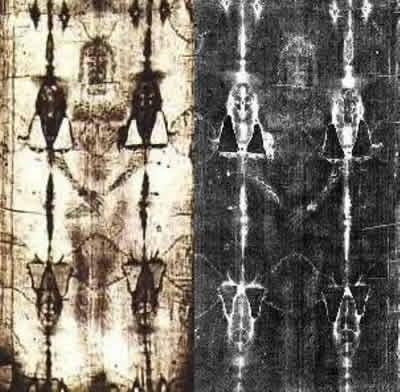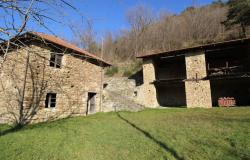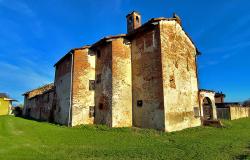Art historian Luciano Buso has proposed a controversial thesis in his new book about the Shroud of Turin. Buso claims to have found proof that an Italian artist painted the cloth in 1315.
The Shroud is purportedly stained in blood and shows the image of a man. Many believe it is the burial cloth that was used to wrap the body of Christ.
The religious relic has been the center of debate for ages. Carbon dating in the 1980s estimated that the shroud was not authentic- placing its origin sometime in the early 14th century.
Buso claims to have found new evidence that corroborates this date. The historian has identified the number 15 painted into the image on the cloth. Buso believes these numerical markings were intentionally placed there by the artist to date his creation in 1315.
Buso further claims to have found a signature in the Shroud, hypothesizing that Renaissance artist Giotto created the replica.
In his book, Buso goes on to explain that the original Shroud was probably destroyed after touring the world as a relic for centuries. Giotto was not trying to create a forgery, but merely attempting to preserve the priceless artifact by producing a copy.
Other experts are skeptical, pointing out that previous tests have shown that the cloth has not been painted.
The Shroud came into the possession of the archbishop of Turin in 1578 and has remained in the city’s Cathedral ever since. Due to its extreme fragility, the cloth is rarely put on public display.










